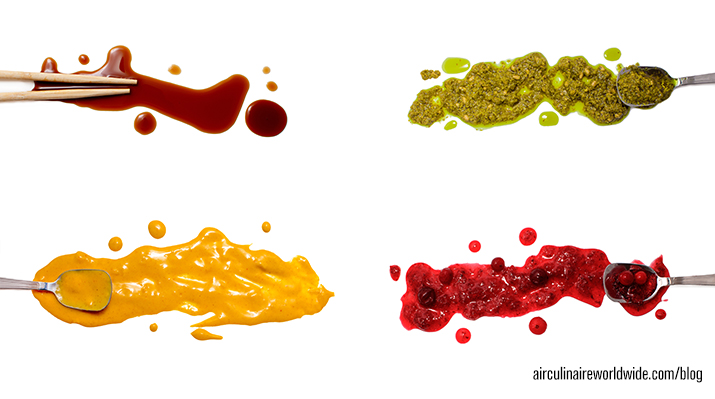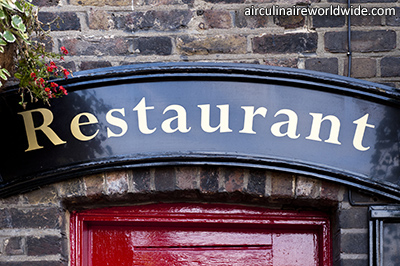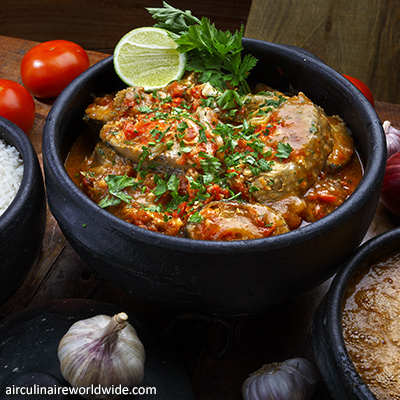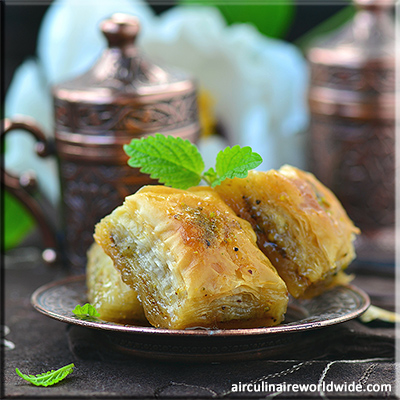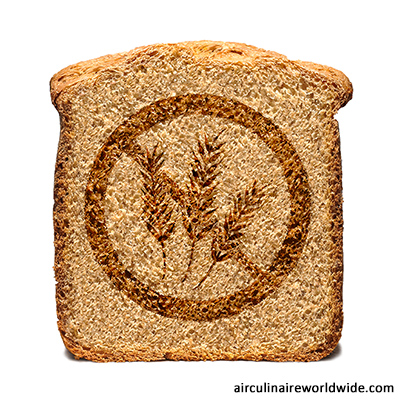We continue our journey of culinary days to celebrate all month long, and try to incorporate some of these items each day. We will concentrate on National Sauce Month today, with reviewing the mother sauces. As many different foods as there are in the world; there are probably four times that amount of sauces. The sauce has become just as important to the dining experience as the center-of-the-plate item. We all know at least one person who just could not think of eating something if the appropriate sauce was not available.
Sauces are defined as liquids or semi-solid foods that are added to other food items or that accompany other food items for added moisture, visual appeal and flavor enhancer. Sauces can be served hot or cold, and are created to go with savory as well as sweet dishes. For this exercise, we will categorize anything that is added to food in this definition as a sauce. This includes salsas, condiments, relishes, chutneys, dressings and coulis.
Hot Sauces
Traditional Western cuisine follows classical French cooking methods and styles developed and documented in the 20th century. In this style, there are five basic sauces that are the starting point of all sauces; known as the “mother sauces.”
- Béchamel – milk-based sauce, thickened with a white roux.
- Espagnole – fortified brown veal velouté sauce, thickened with a brown roux.
- Velouté – light velouté-based sauce, thickened with a roux or liaison, a mixture of egg yolks and cream.
- Hollandaise – an emulsion of egg yolk, butter and lemon or vinegar.
- Tomato – tomato-based sauce.
From each of these sauces comes a wide variety of other sauces. The sauces are used as stand-alone components in a dish or can be incorporated as ingredients to create another dish. For example, sauce béchamel is the building block of all cream sauces like Alfredo Sauce or Mornay Sauce, but is also used as an ingredient in lasagna and macaroni and cheese. Simply adding vinegar, shallots and fresh herbs to hollandaise creates béarnaise, and so on. The theory and basics of the five mother sauces are still in use today, but their classical names and derivative sauce names are not so common outside of France and fine-dining restaurants. In the United States, the names of these mother sauces have changed to more modern terminology:
- Béchamel = White or Cream Sauce
- Espagnole = Demi-Glace Sauce
- Velouté = Blonde Sauce
- Hollandaise = Butter Sauce
- Tomato = Red Sauce
Questions?
If you have any questions about this article or flight crew culinary training, contact me at jdetloff@airculinaire.com. For questions about in-flight catering, contact weborders@airculinaire.com.
